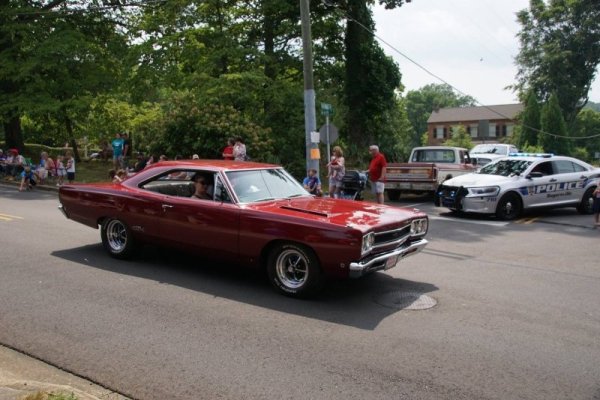Big Al's GTX
Member
- Local time
- 5:38 PM
- Joined
- Jun 18, 2024
- Messages
- 15
- Reaction score
- 20
- Location
- The Waters Edge, Worth, Illinois.
Today I received my 69 GTX and was checking her out and my questions is is it normal for the Alternator needle to move to
the charging position when pressing the gas paddle and than returning when off the gas ?
the charging position when pressing the gas paddle and than returning when off the gas ?




















